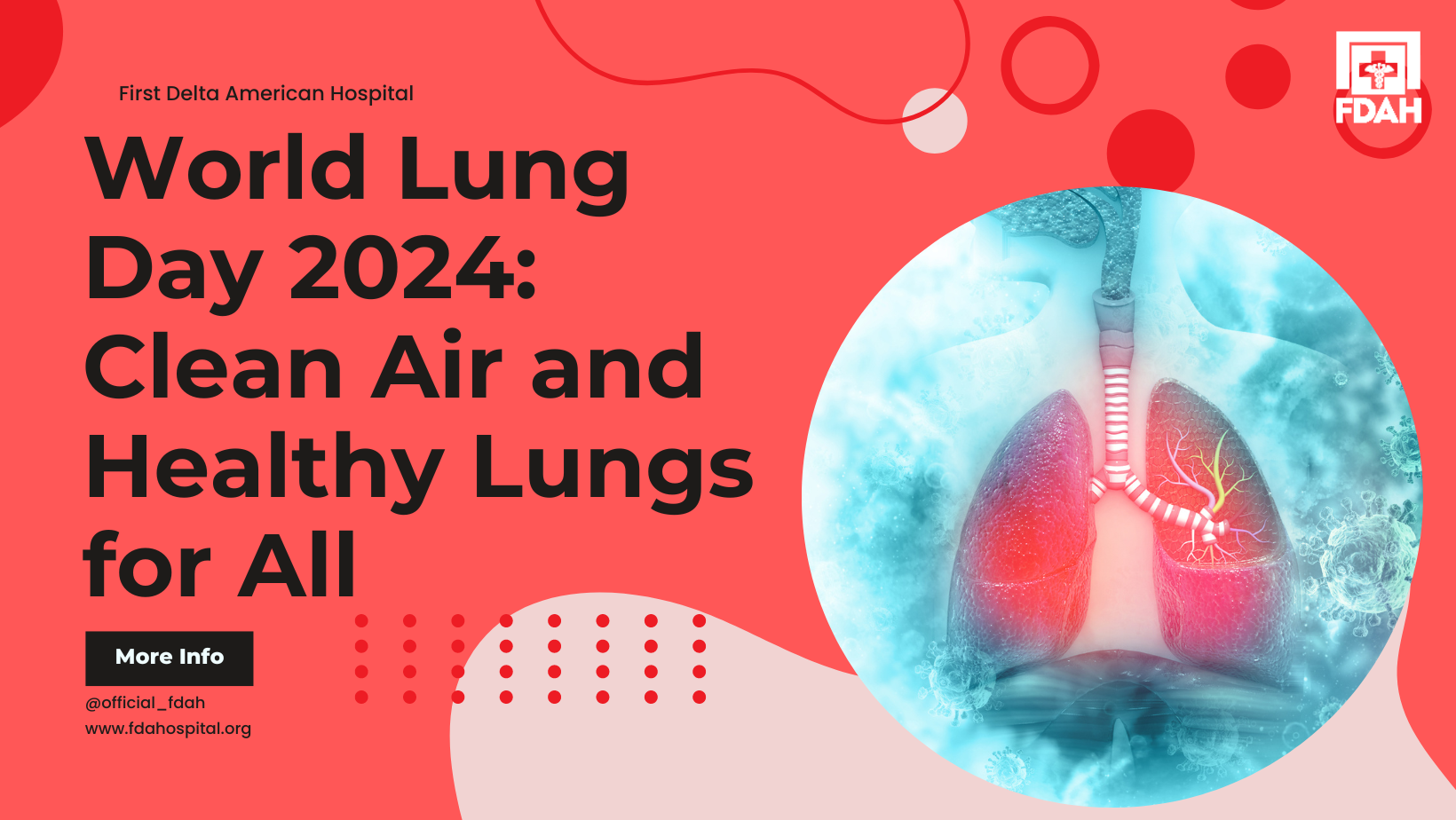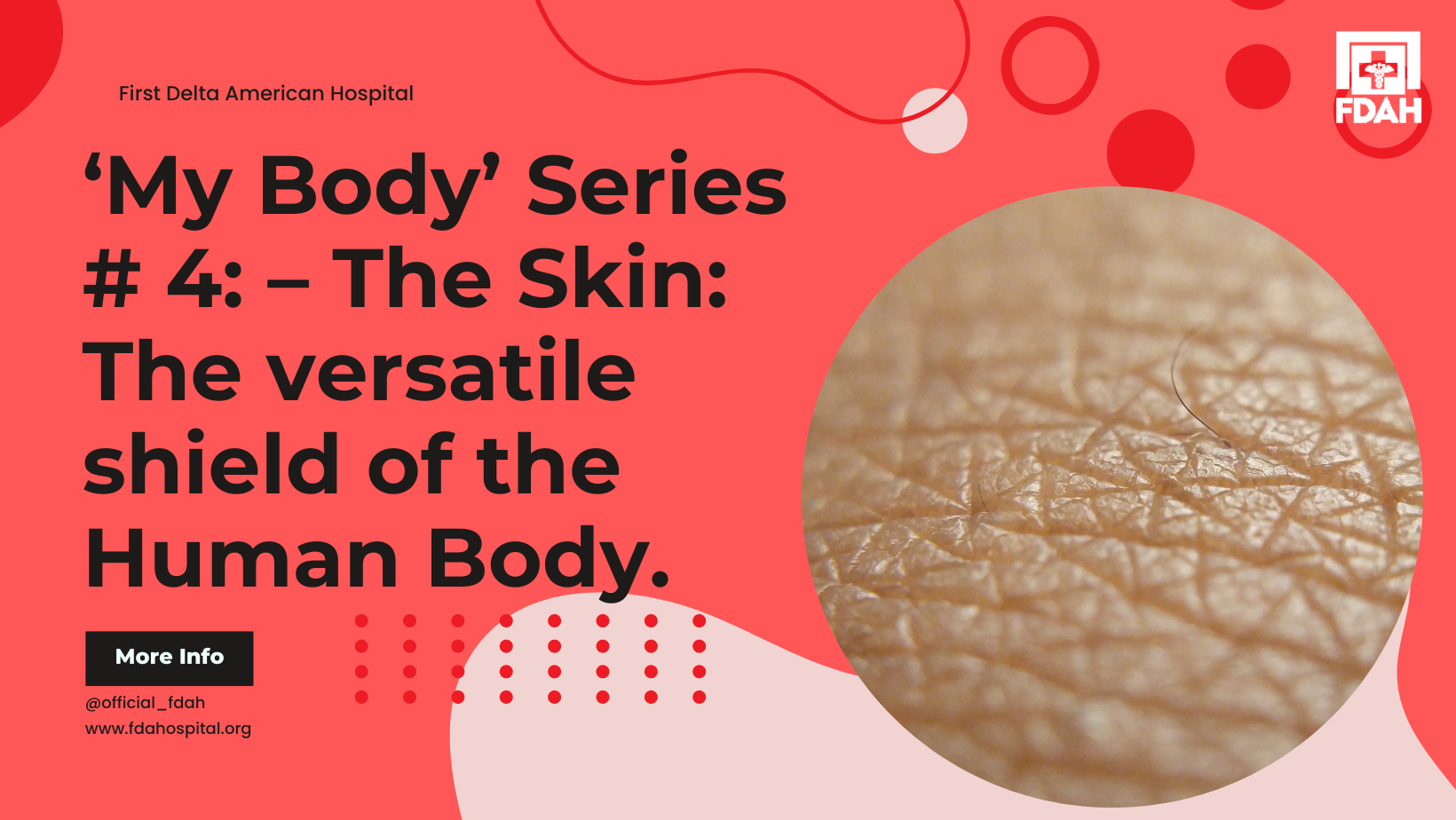As we get ready to welcome the warm embrace of July (June went by in a flash), many of us are eager to soak up the sun’s rays. The long days and pleasant weather make this month ideal for outdoor activities like picnics, beach trips, and barbecues, when it’s not raining of course. However, while the sun provides essential vitamin D and boosts our mood, it’s crucial to remember that too much exposure can harm our skin and overall health. This June let’s focus on sun safety to enjoy the summer responsibly and healthily.
Understanding the Sun’s Effects on Our Skin
The sun emits ultraviolet (UV) radiation, which can cause both immediate and long-term damage to our skin. There are three types of UV radiation: UVA, UVB, and UVC. While UVC is absorbed by the Earth’s atmosphere and doesn’t reach us, UVA and UVB can penetrate the skin and cause harm.
- UVA Rays: These rays penetrate the skin more deeply and are responsible for premature aging, wrinkles, and can contribute to the development of skin cancer.
- UVB Rays: These rays are the primary cause of sunburn and play a significant role in the development of skin cancer.

Repeated exposure to UV radiation can lead to cumulative damage, increasing the risk of skin cancer, including melanoma, basal cell carcinoma, and squamous cell carcinoma.
Sun Safety Tips for a Fun and Safe Summer
1. Use Sunscreen Regularly
One of the most effective ways to protect your skin from harmful UV rays is to use sunscreen. Here are some guidelines for choosing and using sunscreen:
- SPF 30 or Higher: Select a broad-spectrum sunscreen with an SPF of at least 30. Broad-spectrum sunscreens protect against both UVA and UVB rays.
- Water-Resistant: If you plan to swim or sweat, choose a water-resistant formula.
- Apply Generously: Apply a generous amount of sunscreen to all exposed skin, including your ears, neck, and the tops of your feet. Don’t forget areas like the back of your hands and your scalp if you have thinning hair.
- Reapply Often: Reapply sunscreen every two hours, or immediately after swimming, sweating, or toweling off.
2. Wear Protective Clothing
Clothing can provide an excellent barrier against UV rays. Consider these tips when dressing for a sunny day:
- Long-Sleeved Shirts and Pants: Opt for lightweight, long-sleeved shirts and pants to cover more skin.
- Hats: A wide-brimmed hat can protect your face, ears, and neck. Baseball caps are popular, but they leave your neck and ears exposed.
- Sunglasses: Choose sunglasses that block 100% of UVA and UVB rays to protect your eyes and the delicate skin around them.
3. Seek Shade
The sun’s rays are strongest between 10 a.m. and 4 p.m. If you can, try to stay in the shade during these peak hours. Here are some ways to find or create shade:
- Use an Umbrella: Bring an umbrella or canopy when spending time at the beach or park.
- Find Natural Shade: Sit under trees or use available structures like pavilions or gazebos.
- Create Your Own Shade: Portable shade structures, like pop-up tents, can be easily set up and moved.
4. Stay Hydrated
Spending time in the sun can dehydrate you quickly. It’s essential to drink plenty of fluids to stay hydrated. Here are some tips:
- Drink Water Regularly: Carry a water bottle with you and drink regularly, even if you don’t feel thirsty.
- Eat Hydrating Foods: Fruits and vegetables with high water content, such as watermelon, cucumbers, and oranges, can help keep you hydrated.
- Avoid Alcohol and Caffeine: Both can dehydrate you, so it’s best to limit these beverages when spending time in the sun.

Recognizing and Treating Sunburn
Despite our best efforts, sometimes sunburns happen. Recognizing and treating sunburn promptly can minimize discomfort and promote healing. Here’s what to do:
Signs of Sunburn
- Redness and Pain: The skin becomes red and tender to the touch.
- Swelling: Affected areas may swell.
- Blisters: Severe sunburn can cause blisters to form.
- Peeling: After a few days, the skin may start to peel as it heals.
Treatment Tips
- Cool Compresses: Apply cool, damp cloths to the affected area to reduce heat and pain.
- Hydrate: Drink extra water to help prevent dehydration.
- Moisturize: Use aloe vera or a gentle moisturizer to soothe the skin.
- Avoid Further Sun Exposure: Stay out of the sun until the burn has healed.
- Pain Relief: Over-the-counter pain relievers like ibuprofen or acetaminophen can help reduce pain and inflammation.
If you experience severe sunburn with blistering, fever, chills, or confusion, seek medical attention promptly.
Long-Term Sun Protection Strategies
Protecting your skin from the sun is a lifelong commitment. Here are some long-term strategies to keep in mind:
Regular Skin Checks
- Self-Exams: Perform regular self-exams to check for any new or changing moles or spots on your skin.
- Professional Check-Ups: Schedule annual skin exams with a dermatologist, especially if you have a history of skin cancer or other risk factors.
Healthy Lifestyle Choices
- Healthy Diet: A diet rich in antioxidants, like fruits and vegetables, can help protect your skin from damage.
- Quit Smoking: Smoking can accelerate skin aging and increase the risk of skin cancer.
Conclusion
June is a time to enjoy the outdoors and celebrate the arrival of summer. By taking steps to protect your skin from the sun’s harmful rays, you can reduce your risk of sunburn, premature aging, and skin cancer. Remember, sun safety isn’t about avoiding the sun altogether—it’s about enjoying it responsibly. So, slather on that sunscreen, grab your hat and sunglasses, and have a fantastic, sun-safe summer!
For more information on sun safety and skin health, schedule an appointment with one of our specialists. Stay safe and enjoy the sunny days ahead!
Ogorchukwu 👋




